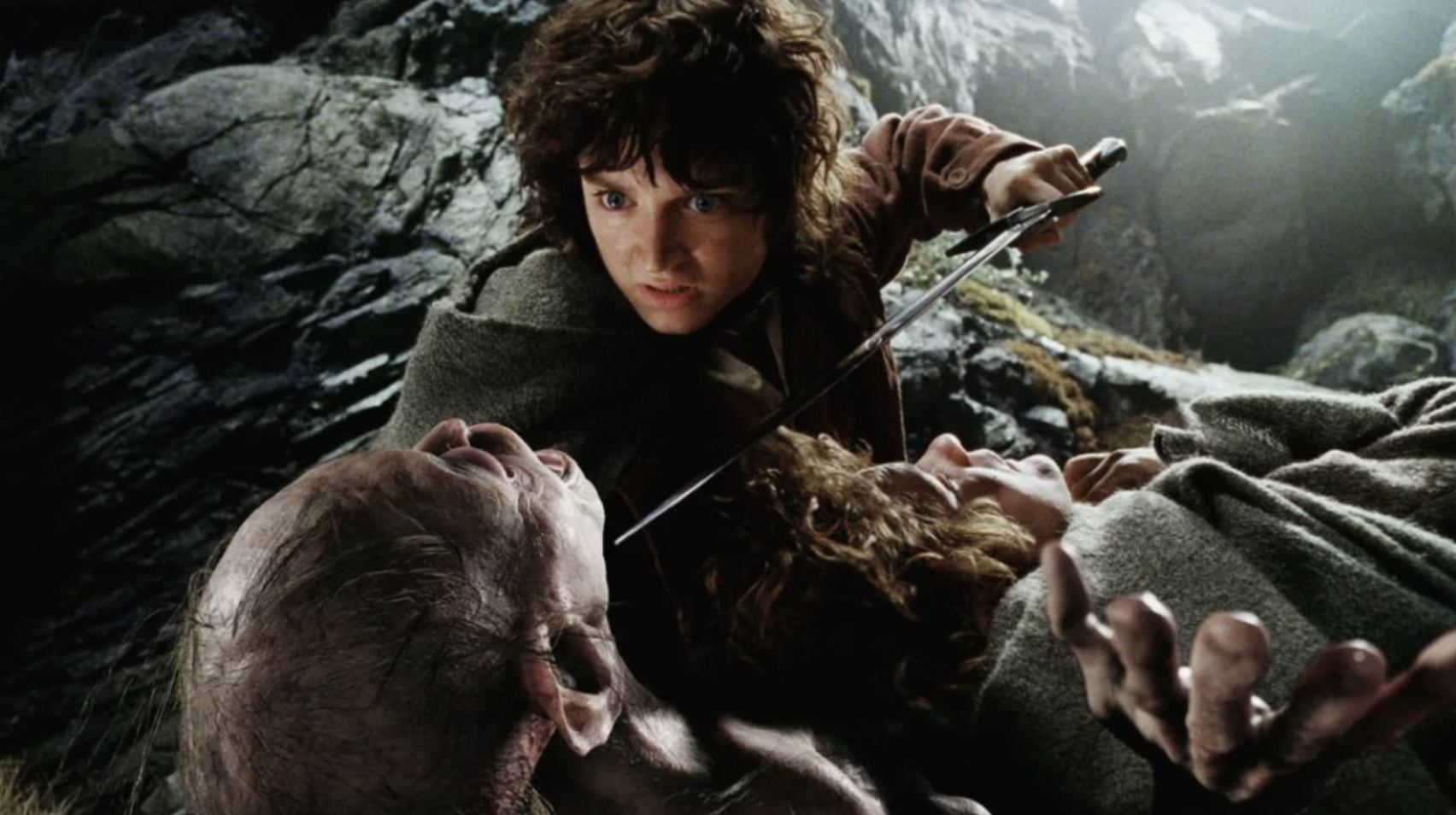The American publishing house Houghton Mifflin Harcourt Books & Media will reissue the Lord of the Rings novel by John Ronald Ruel Tolkien.
For the first time, the book will include about 30 illustrations, sketches and maps created by the author himself.
Previously, some of Tolkien's illustrations have already been published on the pages of his story "The Hobbit, or There and Back Again."
The author himself also worked on the cover of the book.
In addition, many of Tolkien's works are featured in Pictures by JRR Tolkien, collected by Christopher's son, and JRR Tolkien: Artist and Illustrator. illustrator ") Wayne Hammond and Christina Skull.
The illustrations have also been shown at three exhibitions.
As Deborah Brody, vice president and publisher of Houghton Mifflin Harcourt Books & Media emphasizes, "His charming and expressive illustrations of The Hobbit, especially the now iconic cover image, are now as loved as the story they accompany."
However, Tolkien himself gave his drawings a low rating.
So, after the publication of The Hobbit, the writer agreed with the words of the critic, who argued that the images do not reflect the literary talent and imagination of the author.
In the course of work on "The Lord of the Rings" Tolkien even claimed that he could not engage in fine art, including because of his inability to draw.
“I should have neither the time nor the energy to illustrate.
I have never been able to draw, and it seems that now even unfinished attempts at such creativity are not given to me.
The map (badly needed) is the limit of my capabilities, "The Guardian quotes John Tolkien.
Nevertheless, the writer continued to work on sketches illustrating the adventures of Frodo and Sam.
Some were created for their own pleasure and did not receive public distribution during Tolkien's lifetime.
“The author himself was distinguished by his modesty and spoke with disdain about the obvious and rare artistic gift that he possessed, despite the lack of special training.
Because of this modesty, few of Tolkien's other creations were known or exhibited during his lifetime.
And later they could be found mainly in scientific works, ”says Deborah Brody.
The new edition of The Lord of the Rings will be released in the United States on October 19, 2021.
In the future, the book is expected to be translated into other languages and sold around the world.
A scene from the movie "The Lord of the Rings: The Return of the King" (2003)
© kinopoisk.ru
JRR Tolkien's novel The Lord of the Rings consists of three parts, first published in the mid-1950s - The Fellowship of the Ring, The Two Towers, and The Return of the King.
The book has been translated into more than 70 languages and has become an international bestseller, with more than 150 million copies sold.
It is believed that in his works, Tolkien laid the foundation for the further formation of the fantasy genre.
The writer managed to move away from the traditional fairytale form, characterized by primitive stories and the absence of internal conflict among the heroes, and create a whole universe filled with many multifaceted characters belonging to different cultures.
Many fantasy authors drew inspiration from Tolkien's universe.
Among them - J.K. Rowling ("Harry Potter"), Stephen King ("The Dark Tower"), George Martin ("A Song of Ice and Fire") and Ursula Le Guin ("Earthsea").
In the 2000s, "The Lord of the Rings" was filmed.
The three feature films were directed by Peter Jackson, with Elijah Wood, Sean Astin, Viggo Mortensen, Ian McKellen and other actors playing the central roles in the films.
A series of paintings were successfully shown at the box office.
The first part earned $ 888.4 million, the second - $ 943.5 million, and the third - $ 1.142 billion, while the budget of each tape did not exceed $ 95 million.
The films have been highly acclaimed by critics and audiences alike, and have won a number of prestigious awards, including Academy Awards.
The first parts received four and two statuettes, respectively.
The third won in all 11 nominations, in which she was presented: "Best Film", "Best Director", "Best Adapted Screenplay", "Best Editing" and others.
The tape caught up with such record holders in terms of the number of awards as Ben-Hur and Titanic, and became the first fantasy film to receive an award in the main category.

